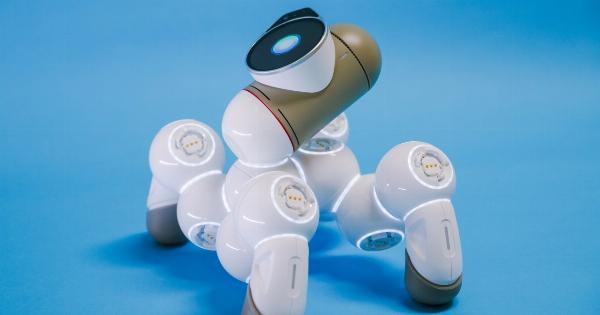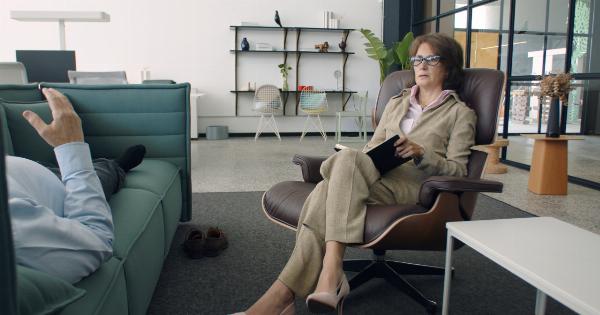Spinal deformities are conditions that affect the alignment and structure of the spine, leading to abnormal curvature and postural issues. These deformities can cause considerable pain, difficulty in movement, and impaired quality of life.
Fortunately, advancements in surgical techniques and technologies have revolutionized the treatment of spinal deformities, offering more efficient and precise procedures. ExcelsiusGPS is one such innovative system that has emerged as a game-changer in spinal surgery.
The Role of ExcelsiusGPS in Spinal Deformity Correction
ExcelsiusGPS is a state-of-the-art surgical navigation system that combines robotics and real-time imaging to assist surgeons in planning and executing complex spinal procedures with exceptional accuracy.
This advanced technology acts as an invaluable tool for spinal deformity correction surgeries, ensuring optimal outcomes for patients.
1. Precise Preoperative Planning
The success of any surgical procedure relies heavily on meticulous preoperative planning. ExcelsiusGPS allows surgeons to create a detailed surgical blueprint with the help of virtual reality-generated 3D models.
This enables them to visualize the patient’s unique anatomy, accurately plan the entry points, trajectories of implants, and the amount of correction required.
2. Enhanced Intraoperative Navigation
During surgery, ExcelsiusGPS provides real-time feedback and assists surgeons in accurately navigating the surgical instruments.
The system uses advanced imaging technology to continuously track the position of instruments relative to the patient’s anatomy. Surgeons can then make minute adjustments in real-time, ensuring precise implant placement and correction of spinal deformities.
3. Improved Safety and Efficiency
Spinal deformity correction surgeries are often complex and time-consuming. However, ExcelsiusGPS significantly enhances the safety and efficiency of these procedures.
The technology eliminates the need for large incisions, reduces radiation exposure for both patients and surgeons, and minimizes the risk of complications. Additionally, the accurate placement of implants optimizes the surgical outcome, reducing the likelihood of postoperative complications and the need for revision surgeries.
4. Personalized Approach to Treatment
Each patient’s spinal deformity is unique, requiring a personalized treatment plan. ExcelsiusGPS enables surgeons to customize the surgical approach based on the patient’s anatomy and specific condition.
The system’s advanced imaging capabilities allow for precise evaluation and measurement of deformities, ensuring that the surgery addresses the individual needs of the patient effectively.
5. Faster Recovery and Rehabilitation
The precise nature of ExcelsiusGPS-assisted surgeries leads to reduced tissue trauma, resulting in less postoperative pain and faster recovery.
Patients undergoing spinal deformity corrections with ExcelsiusGPS experience shorter hospital stays, reduced need for postoperative pain medication, and faster rehabilitation. This enables them to return to their regular activities sooner and enjoy an improved quality of life.
6. Combined Approach with Surgeon’s Expertise
While ExcelsiusGPS offers enhanced precision in planning and executing surgeries, it is important to acknowledge that the system is a tool, and the surgeon’s expertise plays a critical role.
The technology acts as a guide, but it is ultimately the skill and experience of the surgeon that ensures the best possible outcome for the patient.
7. Potential Applications in Spinal Deformity Correction
ExcelsiusGPS is not limited to specific spinal deformities but can be utilized for various conditions, including:.
- Scoliosis
- Kyphosis
- Spondylolisthesis
- Lordosis
- Spinal tumors
The technology’s versatility makes it a valuable addition to the armamentarium of spine surgeons, providing them with enhanced precision and improved patient outcomes across a range of spinal deformity conditions.
8. Patient Selection and Considerations
While ExcelsiusGPS offers numerous benefits, patient selection and careful consideration are crucial. The system is most effective for patients with moderate-to-severe spinal deformities that require surgical intervention.
However, individual patient factors such as overall health, bone quality, and previous surgeries must also be assessed to determine the suitability of ExcelsiusGPS-assisted spinal deformity corrections.
9. Introduction of Robotics in Spinal Surgery
The integration of robotics into spinal surgery has revolutionized the field, paving the way for improved outcomes and patient satisfaction.
ExcelsiusGPS is a pioneering system that exemplifies the remarkable advancements in technology and its promising impact on surgical treatments.
10. Conclusion
Spinal deformities pose significant challenges, but with technological advancements like ExcelsiusGPS, surgeons are equipped with an invaluable tool to improve surgical precision and patient outcomes.
This state-of-the-art system allows for precise preoperative planning, enhanced intraoperative navigation, improved safety, and a faster recovery. The seamless integration of robotics and real-time imaging in spinal surgery has opened new possibilities for personalized treatment approaches, providing hope for patients with spinal deformities.



























